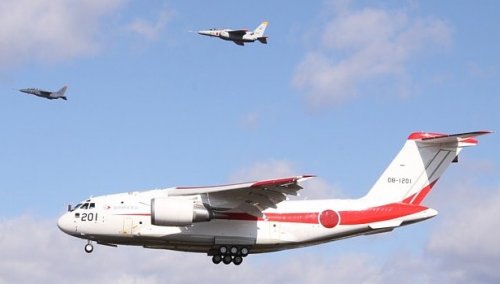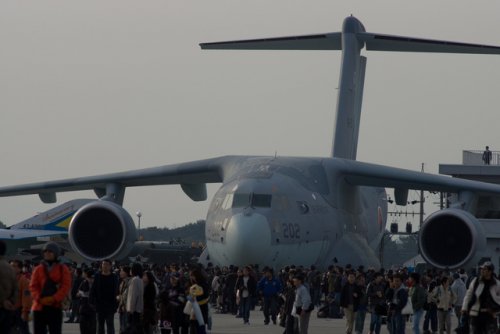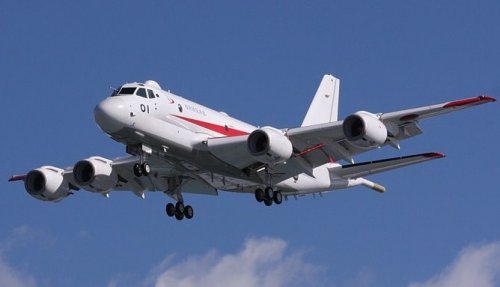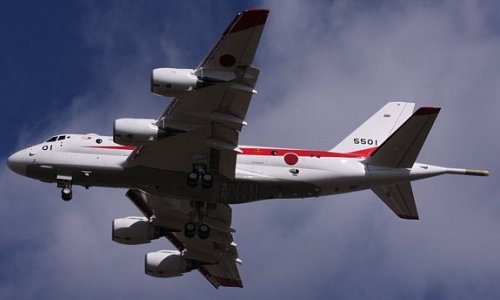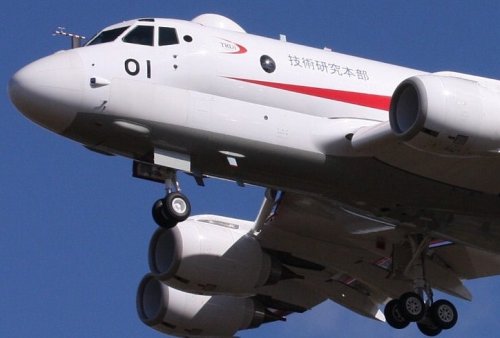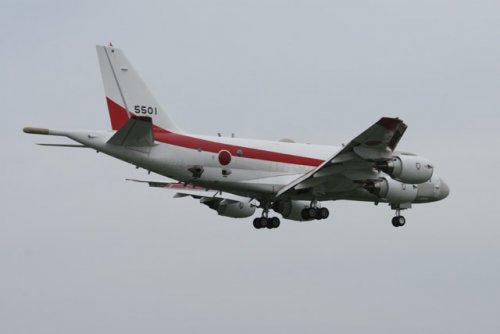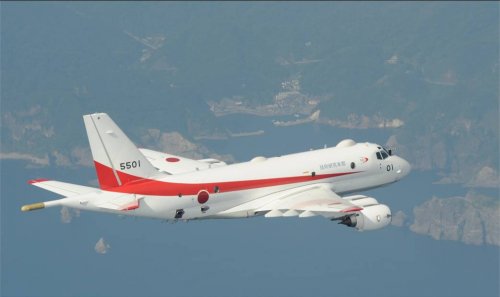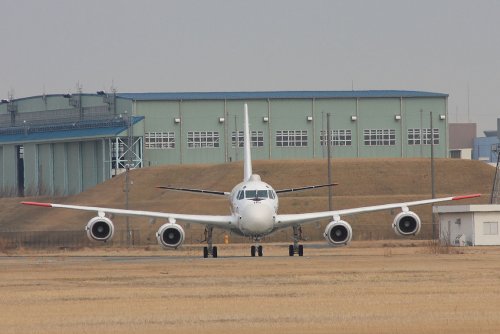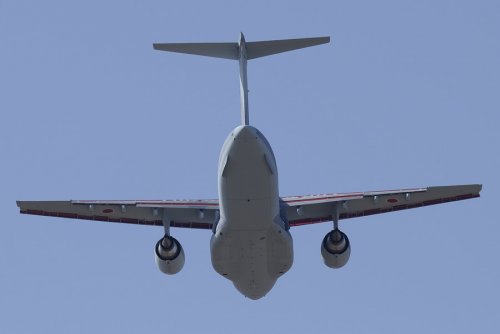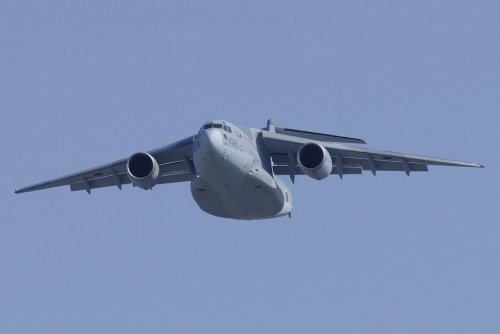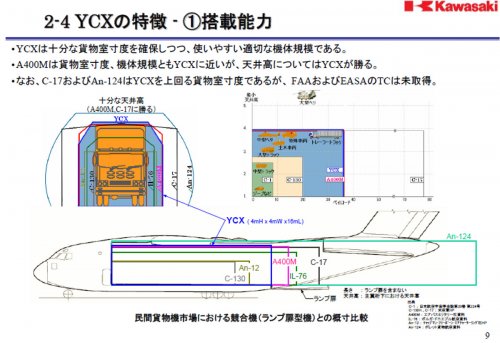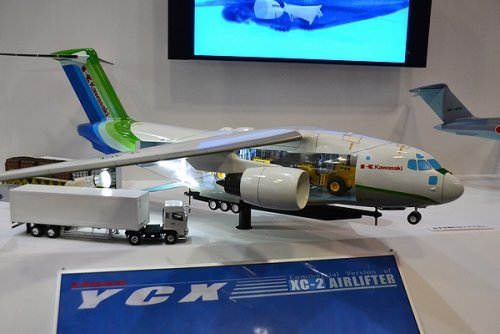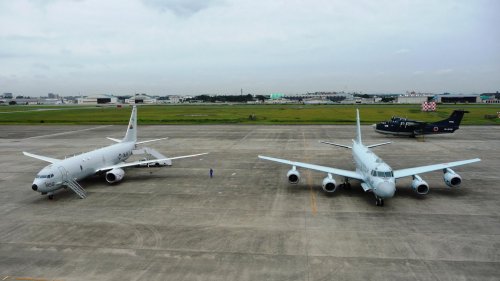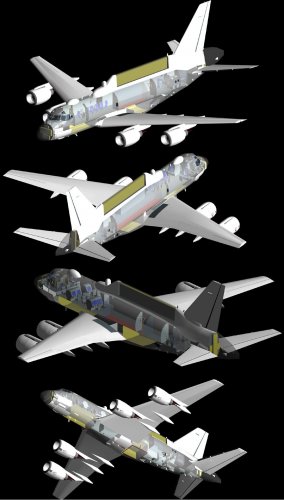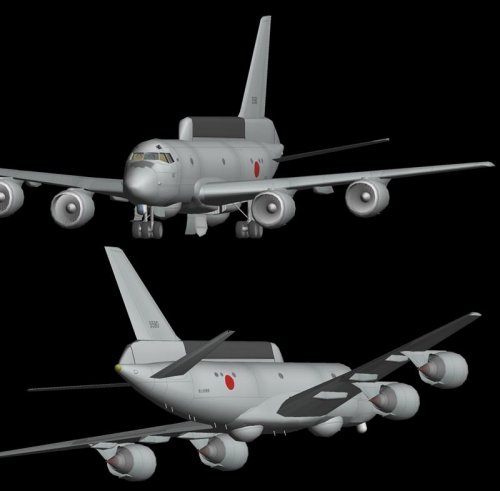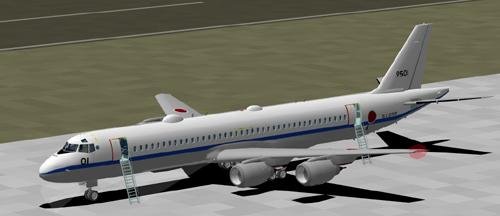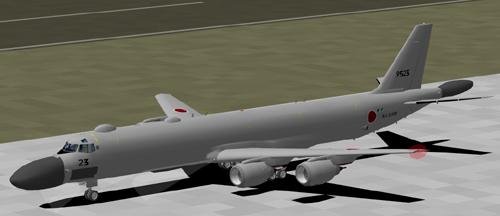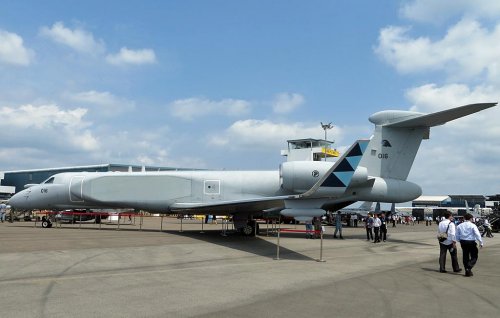"Ministry eyes Japan-made AEW aircraft"
8:34 pm, September 21, 2014
Source:
http://the-japan-news.com/news/article/0001585020
"The Defense Ministry is set to start research aimed at domestically manufacturing early-warning aircraft for the first time, with the aim of increasing surveillance on possible incursions into the nation’s territorial airspace, according to ministry sources.
The move is part of an effort to boost the ministry’s preparedness to deal with the increasingly severe security environment in areas surrounding this nation, largely due to China’s increasing military spending in recent years.
The ministry will seek to build the country’s first domestically produced early-warning plane by the mid-2020s, hoping to see it replace the aging U.S.-made aircraft model currently used by the Air Self-Defense Force for similar purposes, the sources said.
Airborne early-warning (AEW) aircraft are outfitted with radar equipment on top of the fuselage, allowing them to monitor distant and low-elevation areas outside the range of stationary ground radar.
When aircraft that could invade Japanese airspace are spotted, fighters from the Air Self-Defense Force are scrambled.
The ASDF currently has 13 U.S.-made E-2C early-warning planes, which perform observation and surveillance together with E-767 airborne warning and control system (AWACS) aircraft that also have command capabilities.
The E-2C planes have been in use for some time. Finding a successor aircraft is urgently required.
In addition to the U.S.-made successor to the E-2C, the ministry hopes to introduce a domestically made AEW aircraft and plans to request ¥80 million in the budget for next fiscal year to study the matter, the sources said.
The ministry is planning to cooperate with private-sector companies to make a prototype aircraft next fiscal year, the sources said.
The ministry plans to base the fuselage on the P-1, a state-of-the-art antisubmarine patrol aircraft it developed, the sources said. This would be outfitted with radar that employs domestic technology such as that used in stationary ground radar.
But ¥252.8 billion has already been spent over 12 years to develop the P-1, so additional domestic development could present problems in terms of cost.
With Chinese and Russian armed forces expanding their activities, ASDF fighters were scrambled more than 800 times last fiscal year for the first time since the Cold War ended in 1989.
In November last year, China unilaterally declared an air defense identification zone over the East China Sea.
Then in May and June, Chinese fighters flew unusually close to SDF aircraft several times over the East China Sea, and a Chinese fighter drew close to a U.S. military plane over the South China Sea in August.
The ministry sees incidents such as these as having increased the importance of AEW aircraft.
One of the government’s goals in creating a made-in-Japan early-warning aircraft is to develop domestically as much the cutting-edge technology necessary as possible for national defense.
Realizing a domestic AEW aircraft, with the advanced radar technology such planes require, would allow the Self-Defense Forces to make necessary improvements and modifications more flexibly without having to go overseas for them.
he Defense Ministry is set to start research aimed at domestically manufacturing early-warning aircraft for the first time, with the aim of increasing surveillance on possible incursions into the nation’s territorial airspace, according to ministry sources.
The move is part of an effort to boost the ministry’s preparedness to deal with the increasingly severe security environment in areas surrounding this nation, largely due to China’s increasing military spending in recent years.
The ministry will seek to build the country’s first domestically produced early-warning plane by the mid-2020s, hoping to see it replace the aging U.S.-made aircraft model currently used by the Air Self-Defense Force for similar purposes, the sources said.
Airborne early-warning (AEW) aircraft are outfitted with radar equipment on top of the fuselage, allowing them to monitor distant and low-elevation areas outside the range of stationary ground radar.
When aircraft that could invade Japanese airspace are spotted, fighters from the Air Self-Defense Force are scrambled.
The ASDF currently has 13 U.S.-made E-2C early-warning planes, which perform observation and surveillance together with E-767 airborne warning and control system (AWACS) aircraft that also have command capabilities.
The E-2C planes have been in use for some time. Finding a successor aircraft is urgently required.
In addition to the U.S.-made successor to the E-2C, the ministry hopes to introduce a domestically made AEW aircraft and plans to request ¥80 million in the budget for next fiscal year to study the matter, the sources said.
The ministry is planning to cooperate with private-sector companies to make a prototype aircraft next fiscal year, the sources said.
The ministry plans to base the fuselage on the P-1, a state-of-the-art antisubmarine patrol aircraft it developed, the sources said. This would be outfitted with radar that employs domestic technology such as that used in stationary ground radar.
But ¥252.8 billion has already been spent over 12 years to develop the P-1, so additional domestic development could present problems in terms of cost.
With Chinese and Russian armed forces expanding their activities, ASDF fighters were scrambled more than 800 times last fiscal year for the first time since the Cold War ended in 1989.
In November last year, China unilaterally declared an air defense identification zone over the East China Sea.
Then in May and June, Chinese fighters flew unusually close to SDF aircraft several times over the East China Sea, and a Chinese fighter drew close to a U.S. military plane over the South China Sea in August.
The ministry sees incidents such as these as having increased the importance of AEW aircraft.
One of the government’s goals in creating a made-in-Japan early-warning aircraft is to develop domestically as much the cutting-edge technology necessary as possible for national defense.
Realizing a domestic AEW aircraft, with the advanced radar technology such planes require, would allow the Self-Defense Forces to make necessary improvements and modifications more flexibly without having to go overseas for them.


